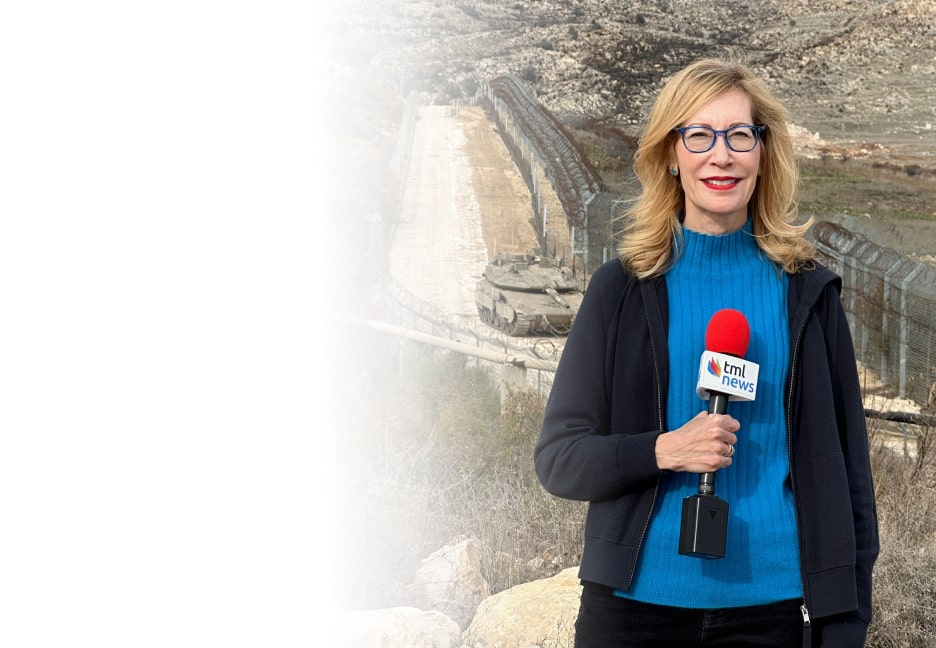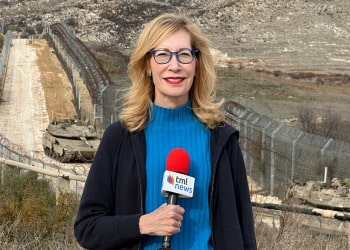[Gaza City] Fifteen parties have so far submitted candidate lists ahead of the Palestinian Legislative Council (PLC) election set for May 22, the Palestinian Central Elections Commission announced on Monday.
Hamas was among those registering its list on Monday, while the other major party, Fatah, is expected to do so on Wednesday, the deadline for submitting candidate lists.
The last legislative vote, held in January 2006, saw Hamas emerge victorious. The ensuing 15 years have seen devastating internal division between Hamas and Fatah, with catastrophic consequences for all aspects of Palestinian life, most notably in the Hamas-run Gaza Strip.
After a long period of suffering under the rule of the rival parties, many Palestinians, frustrated with harsh living conditions and serious economic and health crises in the Palestinian territories, feel an alternative in the electoral arena is urgently needed.
Naem Abdelhamid, a resident of Gaza, said he would not vote for either of the major parties.
“We experienced Hamas rule for more than 14 years and it was absolutely the worst period in our lives, but this doesn’t mean that Fatah is any better. Both of them are liars, untrustworthy and corrupt. We need more choices. But clean ones,” he told The Media Line.
Until recently, many hoped the mainstream Palestinian left might be the key to breaking the deadlock between the Hamas and Fatah parties.
“At this critical time, the leftist movements are the least bad. I hope they succeed in this election and make a real difference,” Palestinian voter Esraa Mohammed told The Media Line.
We experienced Hamas rule for more than 14 years and it was absolutely the worst period in our lives, but this doesn’t mean that Fatah is any better. Both of them are liars, untrustworthy and corrupt. We need more choices
But those high hopes quickly evaporated when the Follow-up Committee for Dialogue between the Palestinian Left Forces announced at the beginning of the week the failure to form a unified left-wing list for the legislative election. The announcement implicitly accused the largest left-wing party, the Popular Front for the Liberation of Palestine (PFLP), of sabotaging the committee’s efforts.
“Unfortunately, despite all the efforts that have been made, we were not able to succeed, as the language of division emerged for some as paramount, in terms of the absence of the supreme national interest and in calculations that have nothing to do with any struggle program, but rather with how to divide the cake,” according to the committee’s statement.
The PFLP responded, saying: “We appreciate the committee’s personalities and their efforts. … However, their diagnoses and conclusions, [infringing on] the Popular Front, even if they did not mention it by name, contain incomprehensible prejudice and an aversion to the truth.”
As a result, the Palestinian left likely will be divided into several electoral lists.
The Democratic Front for the Liberation of Palestine (DFLP) made the first move, registering for the legislative election as the Democratic Change bloc. The PFLP on Tuesday submitted its list to the Central Elections Commission.
This holiday season, give to:
Truth and understanding
The Media Line's intrepid correspondents are in Israel, Gaza, Lebanon, Syria and Pakistan providing first-person reporting.
They all said they cover it.
We see it.
We report with just one agenda: the truth.


Observers on the left gave several reasons for the failure to unite ahead of the vote.
Nihad Abu Ghosh, a writer and a former member of the DFLP Central Committee, announced on Facebook earlier in March that he would no longer work for the party’s institutions.
Asked about the failure to form a unified list, he told The Media Line that “there are subjective causes related to each party’s calculations and each one’s estimates of its size, and everyone is attempting to gain the largest share of the legislative seats.”
There is consensus among the left-wing parties on their political and social program, but no agreement on how to distribute places in a united electoral list, Abu Ghosh said.
“According to people’s estimations, the Popular Front for the Liberation of Palestine is the most capable of winning seats. Thus, it was first suggested that it take the first six places, which was rejected by the other [left-wing] parties,” he said.
“Minor concessions were later made, but that didn’t solve the problem, especially with there being at least five left-wing parties and other independent movements, which made it difficult to include all of them in a single bloc,” he added.
It had been hoped that together these parties would constitute a third axis that would reset the balance among the Palestinian movements and provide another option for the Palestinian public, Abu Ghosh said.
Ibrahim Abrash, an academic and a political analyst, told The Media Line that even if the left-wing parties formed a joint list, “it would improve their relative position, but it wouldn’t make for fundamental change in the Palestinian political reality.”
This is because “of the general decline of the left across the world, mainly since the collapse of the socialist camp,” or the Soviet Bloc, he said.
“Even the concept of the left, which was adopted since the French Revolution, has become ambiguous. Today there is the left, moderate left, extreme left and many other classifications,” Abrash said.
In the Palestinian case, the left’s deterioration is also firmly tied to internal considerations, he added.
“The left, including the PFLP and the DFLP, has failed to attract people and update its ideologies and political programs, and instead has continued to live in the past and repeat the same slogans,” Abrash said.
Another factor undermining political unity, he said, “is that various left-wing parties originated in defections from other parties, meaning that the DFLP, for instance, defected from the PFLP. FIDA [the Palestinian Democratic Union], too, split from the DFLP. So there are historic enmities between them that obstruct the path to unity in a single list.”
Abrash said the parties’ diverging interests also have played a key role in the decline of the Palestinian left.
“Each party on the left has different and, on some points, conflicting, interests. The Palestinian People’s Party and FIDA, for example, have more common interests and are closer to the PA and Fatah, while other parties are closer to Hamas, not ideologically but for certain interests,” Abrash said.
We’ve been talking for 14 years and nothing has changed. This time, we want to make the change ourselves, and we see this election as our chance
A new list, Tafah Alkail (Arabic for “That’s it!”), joined the fray by submitting its registration documents to the elections commission.
Mohammed Shalabi, the list’s representative in Gaza, told The Media Line that the list “consists of a wide variety of people with disabilities, small movements affected by the internal division, and relatives of martyrs and individuals injured during the Great March of Return” protests on the Strip’s border with Israel.
Tafah Alkail’s electoral program, in addition to its “national principles,” encompasses peoples’ struggle to earn a living and the fight against corruption, Shalabi said.
“We’ve been talking for 14 years and nothing has changed. This time, we want to make the change ourselves, and we see this election as our chance,” he said.
Abrash, however, is not so optimistic, both regarding the new political players and regarding the election as a whole.
“Trying to make a change is a good thing, although personally I believe that regardless of who wins, the election will fail to make a difference in the core of the political system, because our problem is not with the Legislative Council itself,” he said.
“The PA will remain the same, Hamas will still be the effective power in Gaza, and the PLO will remain in charge [in the West Bank and of the Palestinian Authority government]. Thus, the election will not produce more than minor movement,” he said.
Abrash added that the small parties face many obstacles, with the two giants, Hamas and Fatah, controlling the financial resources and the media.